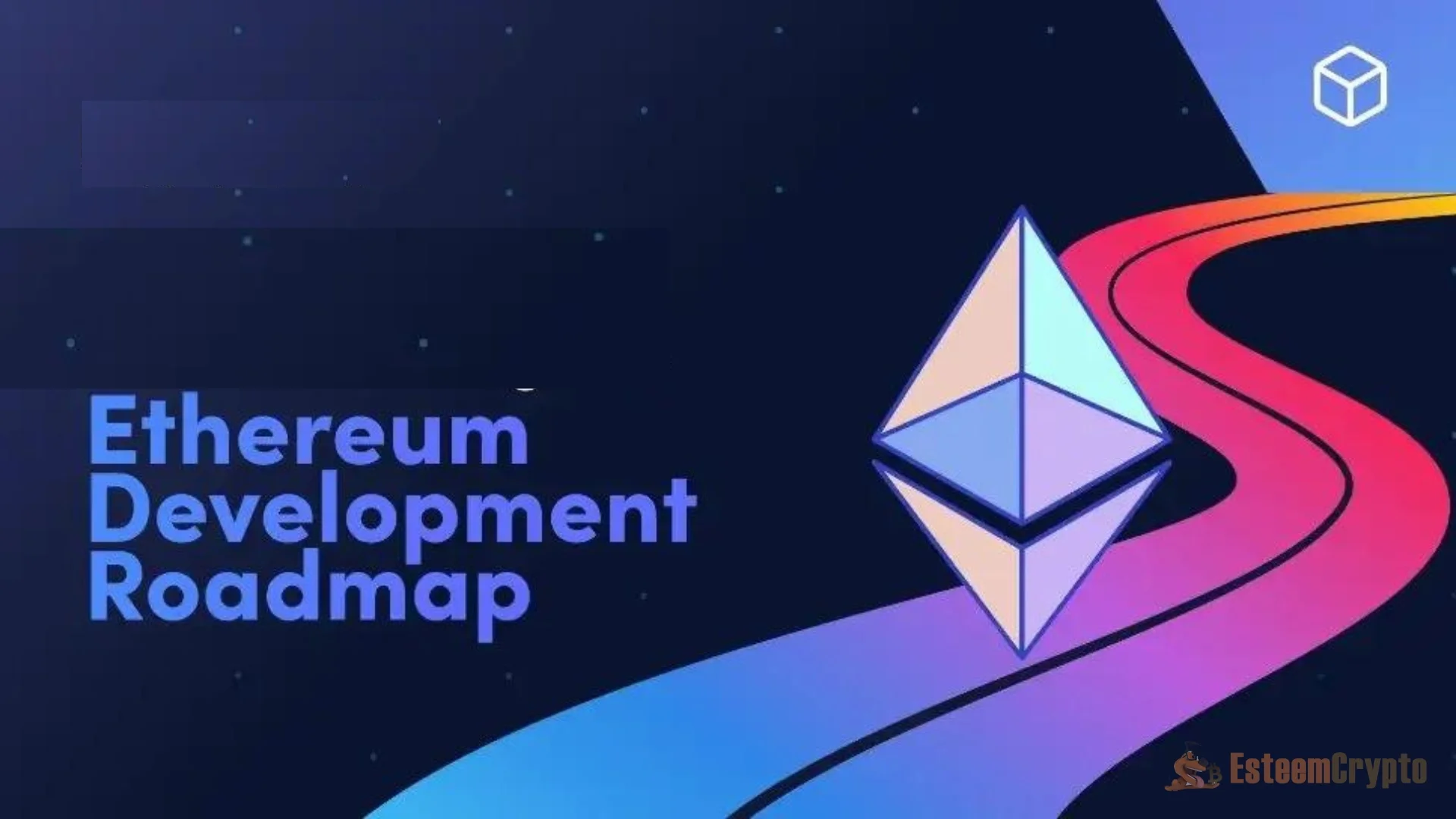
Prague-Electra (Pectra). Changes to the network’s execution layer are the Prague upgrade’s primary focus, while the Electra upgrade affects the consensus layer. When used together, these enhancements form what is known as the “Pectra” upgrade. The Pectra upgrade is scheduled to follow the March 2024 “Dencun” upgrade, a combination of the Deneb and Cancun upgrades. Dencun attempted to increase Ethereum’s scalability and decrease transaction fees for layer-2 solutions with a hard fork of Ethereum.
Going live in the first quarter of 2025, Pectra is a new milestone on Ethereum’s development path. This timeline permits the installation of new features that enhance the Ethereum user experience (UX). Pectra may include Ethereum Improvement Proposal (EIP) 3074, a proposal to enhance Ethereum wallets. This would enable users to batch their transactions and sign them off in one step. EIP-3074, authorized for the Pectra upgrade in April 2024, would allow Bitcoin wallets to work as smart contracts.
As part of the Pectra update, EIP-7251 will raise validator staking caps from 32 to 2,048 ETH. Validators can now hold 32–2,048 ETH, up from 32. Limiting new validators’ admission to Ethereum will reduce staking providers’ validation and staking resources. The upgrade may include Peer Data Availability Sampling (PeerDAS) for rollup scalability and EVM Object Format (EOF) for intelligent contract security and developer experience in the first and second levels of the Ethereum Virtual Machine (EVM).
However, Ethereum developers, including Vitalik Buterin, who co-founded the network, are considering replacing EIP-3074 with EIP-7702, a transaction that would increase account abstraction compatibility. They are also investigating fixing EIP-2935, which handles historical block hashes. Developers are considering removing the deposit window and allowing smart contract validators to withdraw funds as EIPs in Pectra.
Petra Upgrade Features Benefits
Updates to the consensus and execution layers are the primary focus of Pectra upgrades.
EIP-7251: Increasing the staking limit
The maximum amount Ethereum validators can have in their effective balance as of June 2024 is 32 ETH. Staking providers will need to spin up a lot of validators, each of which will stake 32 ETH if they want to stake more than 32 ETH. This deluge of validators could stress the network’s communication layer because they must all stay in sync.
Staking providers will be able to reduce the number of validators they use thanks to the Pectra upgrade, which raises the maximum effective balance to 2,048 ETH. That way, fewer messages will have to travel via the network, which will be more accessible on the networking layer of the validator and could even improve the network’s performance and efficiency.
PeerDAS/rollup improvements
Prague-Electra (Pectra): PeerDAS builds upon the “blobs” presented in EIP-4844. With the introduction of blobs, Ethereum layer-2 networks can better store transaction data, leading to more block space and lower transaction fees. In March of 2024, they were released as a component of the Dencun update. To ease the load on the main Ethereum chain, blob-carrying transactions are pretty similar to regular Ethereum transactions, except that they include extra data for off-chain storage.
EVM improvements
Enhancements to EVM, like EOF, aim to bring forth innovation and improvements to the UX, DevEx, and performance on the first and second layers.
Ethereum Improvement Proposals
EIPs are essential to updating the Ethereum network and play a pivotal role in Ethereum’s development cycle. Proposals and standards for enhancements, additions, or new functionality to the Ethereum blockchain network are called EIPs. They provide technical specifics of proposed changes and are the community’s “source of truth,” according to Ethereum.org.
Prague-Electra (Pectra): As part of the Ethereum Improvement Protocol (EIP), the Ethereum development community discusses and develops suggested modifications to the Ethereum network. The authors are responsible for negotiating with the Ethereum development community and recording any disagreements that arise while creating an EIP, which anyone in the community can do.
Devs are typically the ones who write EIPs. Ethereum Improvement Proposals (EIPs) facilitate proposed, debated, and, if approved, implemented modifications to Ethereum. Like Dencun and Pectra, improvements to the Ethereum network include a set of EIPs that, once finalized, every Ethereum client on the network must execute.
Ethereum Development Roadmap
March 2024 saw Ethereum’s Dencun upgrade, and 2025 is when Pectra is expected to start being active. In his five-step plan to upgrade the innovative contract network following Ethereum’s transition to a proof-of-stake (PoS) consensus mechanism in September 2022, Buterin included the post-merge roadmap as one of the steps. There are five steps: merge, surge, verge, purge, and splash.
Based on their past experiences with upgrades, Ethereum developers opted not to rush Pectra’s release before Devcon in November 2024. This will allow developers to monitor the update more efficiently.
Following Pectra, the next update will most likely include the much-anticipated “Verkle trees,” a novel data architecture that enables Ethereum nodes to store massive amounts of data. In terms of enhancements, Pectra appears to be a minor one. According to Tim Beiko, protocol support lead at the Ethereum Foundation, developing the Merkle tree will take more than a year. Because of this, we may expect the upgrading to go on well beyond 2025. A more significant upgrade is coming to the Ethereum network.
Merkle trees aim to reduce node hardware requirements and proof sizes as a component of Ethereum’s post-merge future. Staking nodes might operate with “near-zero hard disk space and sync nearly instantly” thanks to Verkle tree capability, as Vitalik Buterin pointed out in an X post. This would enhance user experience and allow clients to interact with users. As part of the “Verge” stage, developers are working on Verkle trees, which could be a component of the “Osaka” upgrade after the Pectra milestone 2025.
Also Read: Ethereum Altcoins Rallying Today Analyzed






